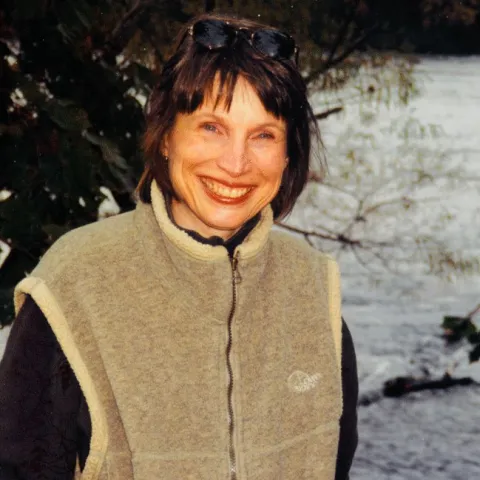Fort Mill's name originates from a fort built by the British to protect the Catawbas and the town from Shawnee and Cherokee attacks. After a visit to Confederate Park, host Joanna Angle introduces Don Lomax, antique collector, and dealer who discusses Southern regional antiques, featuring items like quilts, and furniture, known as "primitives."
The wealthy and influential White and Spring families figure prominently in the history of Fort Mill. On April 27, 1865, Jefferson Davis and his Confederate cabinet held their last "official" meeting on the lawn of the White Homestead that had been built in 1820 by William Elliott White. In 1887, the Fort Mill Manufacturing Company was founded by Samuel Elliott White. After White's death, in 1911, ownership of the company passed to Colonel Leroy Springs. After assuming the presidency of the company upon the death of his father in 1931, Elliott White Springs incorporated five mills under the name of Springs Cotton Mills and led it to become one of the world's most innovative textile manufacturers. In addition to cloth, Springs moved the company into production of pillowcases and sheets. At the time of this episode of Palmetto Places, the historic house was used only for corporate purposes, but SCETV was given a tour of the house and the almost futuristic corporate building designed by Elliott White Spring.
The unspoiled vistas once enjoyed by Cornwallis' resting troops during the American Revolution, as preserved at the Ann Spring Close Greenway. Given as a tribute to their conservation activist mother, the greenway includes two-thousand wooded acres with twenty-six miles of trails for hiking and horse-back riding, camp sites, swinging bridges, and preserved historic structures.
Palmetto Places explored the architectural and cultural heritage of South Carolina's small towns and countryside. Host Joanna Angle explores historic houses, public buildings, and country stores, and talks with local artists, painters, sculptors, weavers, writers, storytellers, and musicians.
Side Notes:
- Springs was decorated as a flying ace and and author as well as president of Springs Cotton Mills. To learn more about him and his innovative advertising campaign for Springmaid textiles watch as Elliott White Springs is inducted into the South Carolina Business Hall of Fame.
- Iconic buildings to be preserved and repurposed. Fort Mill Acquires Historic Springs Buildings For New Town Hall
- Nestled amid beautiful lakes and hardwood forests, the Ann Springs Close Greenway is a nature preserve more than twice the size of Central Park. Minutes south of Charlotte in Fort Mill, SC, its 2,100 acres serve as a natural buffer from urban development and provides a wide-open space for countless activities. Learn more
